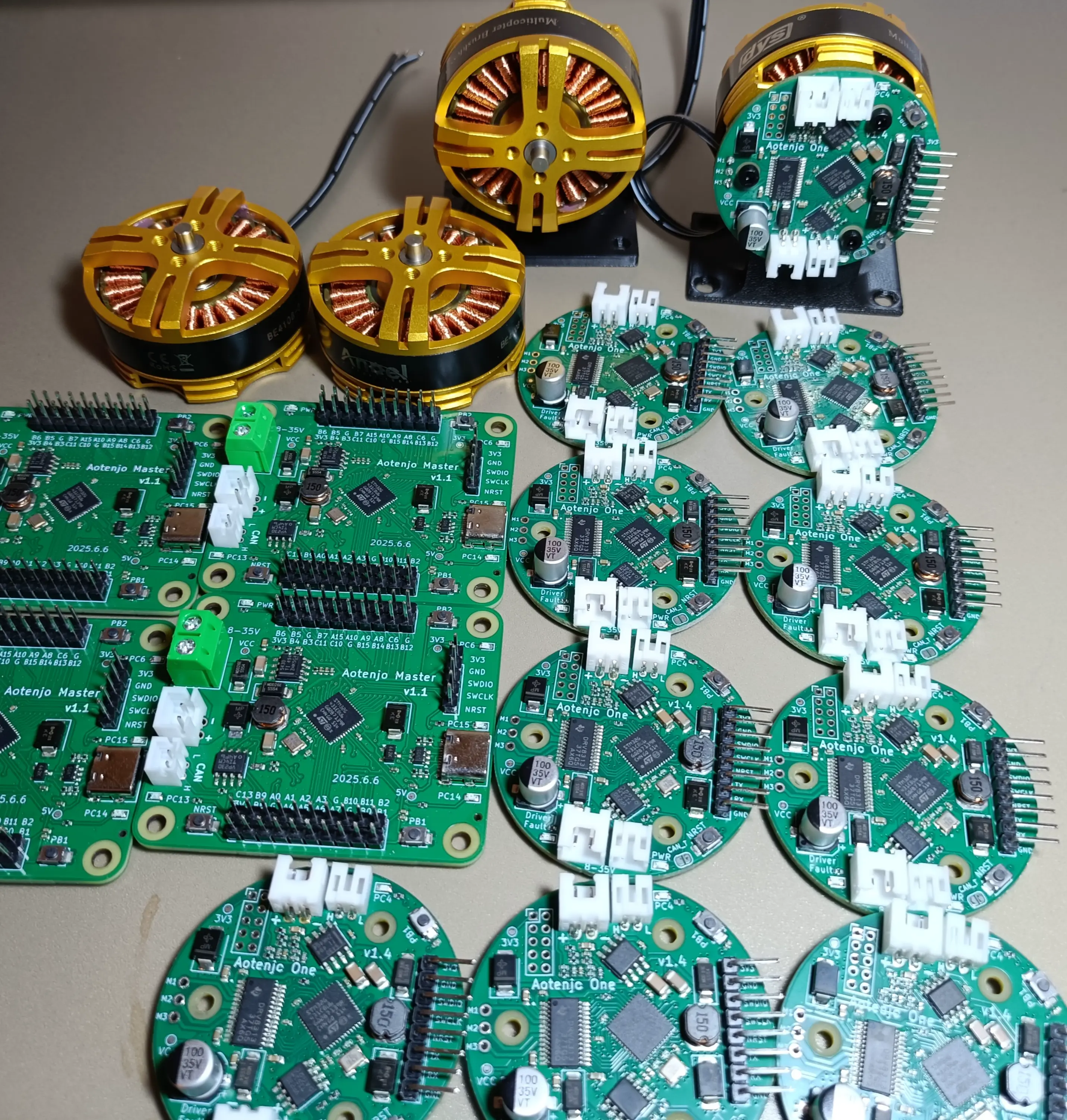Automate Your Physical Work
During COVID, many desk workers experienced the comfort of working from home—something that physical laborers couldn't enjoy. Ironically, those same desk jobs are now the first to be automated by AI. Today, intelligent tasks like writing grant applications or generating reports can be done for free with large language models, while automating simple physical tasks like cleaning still requires buying a $300+ robot vacuum.
Why is that?
Because robotics is hard—especially when it comes to automating the long-tail, specific tasks that matter most to individuals. Physical environments are messy, unpredictable, and unique. You can’t fine-tune a robot once and expect it to work everywhere.
But here’s the good news: it's never been easier to build machines yourself.
Thanks to affordable tools like 3D printers, desktop CNCs, and free CAD/CAM software, anyone with curiosity and internet access can start building. There are countless tutorials on YouTube, open-source designs to learn from, and vibrant communities to support you. We live in a time when hobbyists and indie makers can do what once required industrial R&D labs.
What You Need to Start Automating Physical Tasks
In short: motors and motor drivers. That’s where we come in.
I recently built a custom BLDC motor winding machine to help automate a repetitive task I used to do by hand. It saved me countless hours. Projects like this are incredibly satisfying—not just because they work, but because I built them myself.
Now, I want to help you do the same.
We’re preparing our first batch of motors and motor driver boards, specifically designed for DIY automation and robotics. I hope these tools can empower you to take on your own physical automation challenges—whether it’s building a camera slider, a pick-and-place machine, or something completely unique to your life.

Let’s build the future—one motor at a time.
